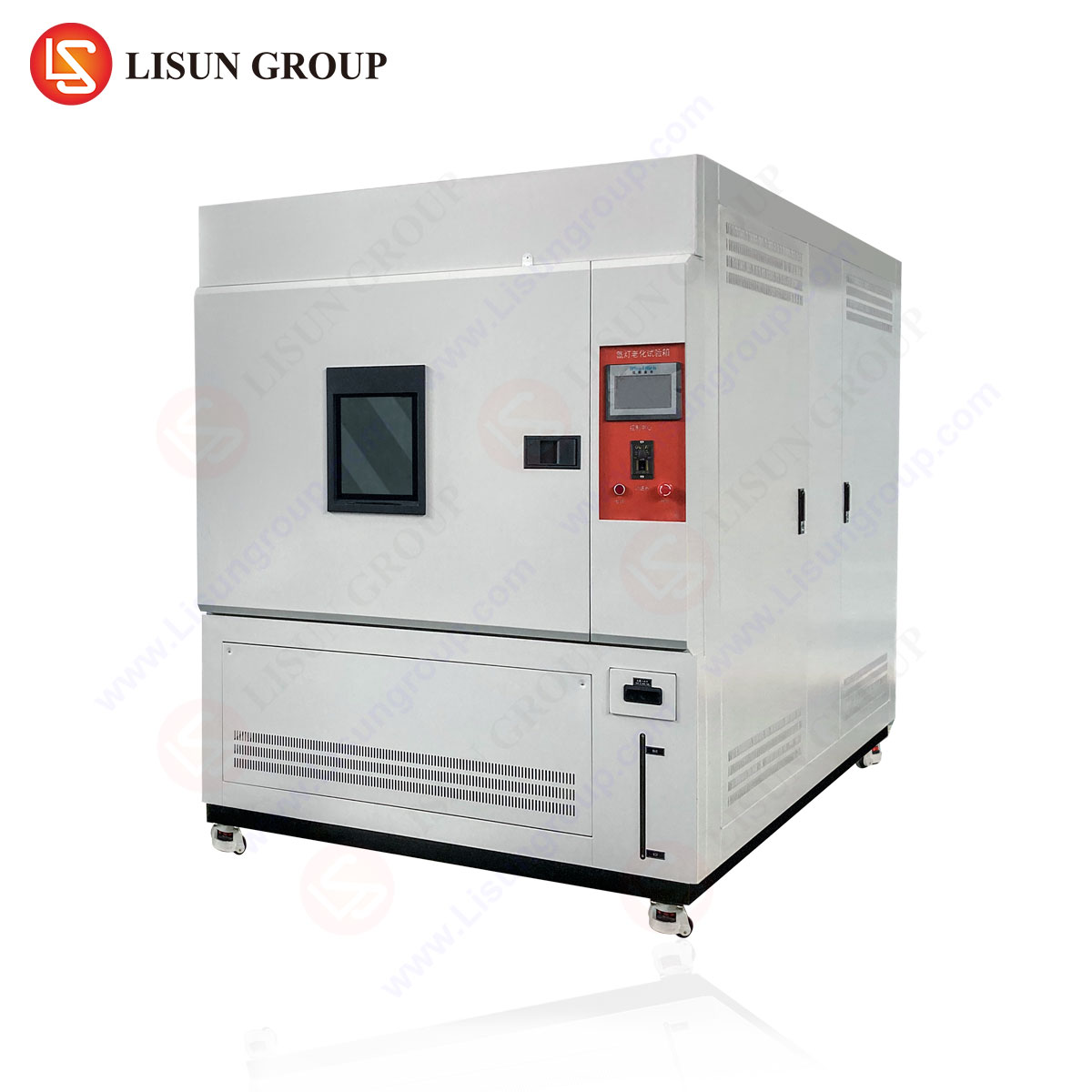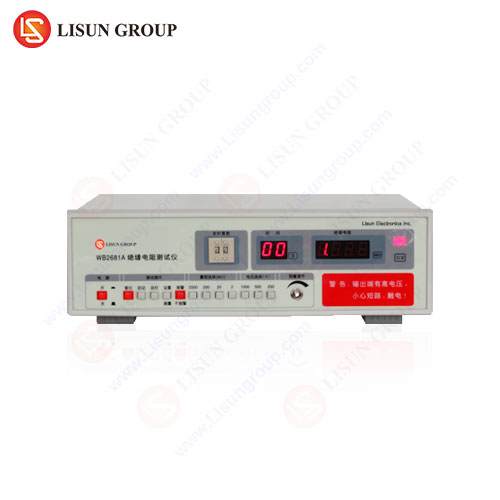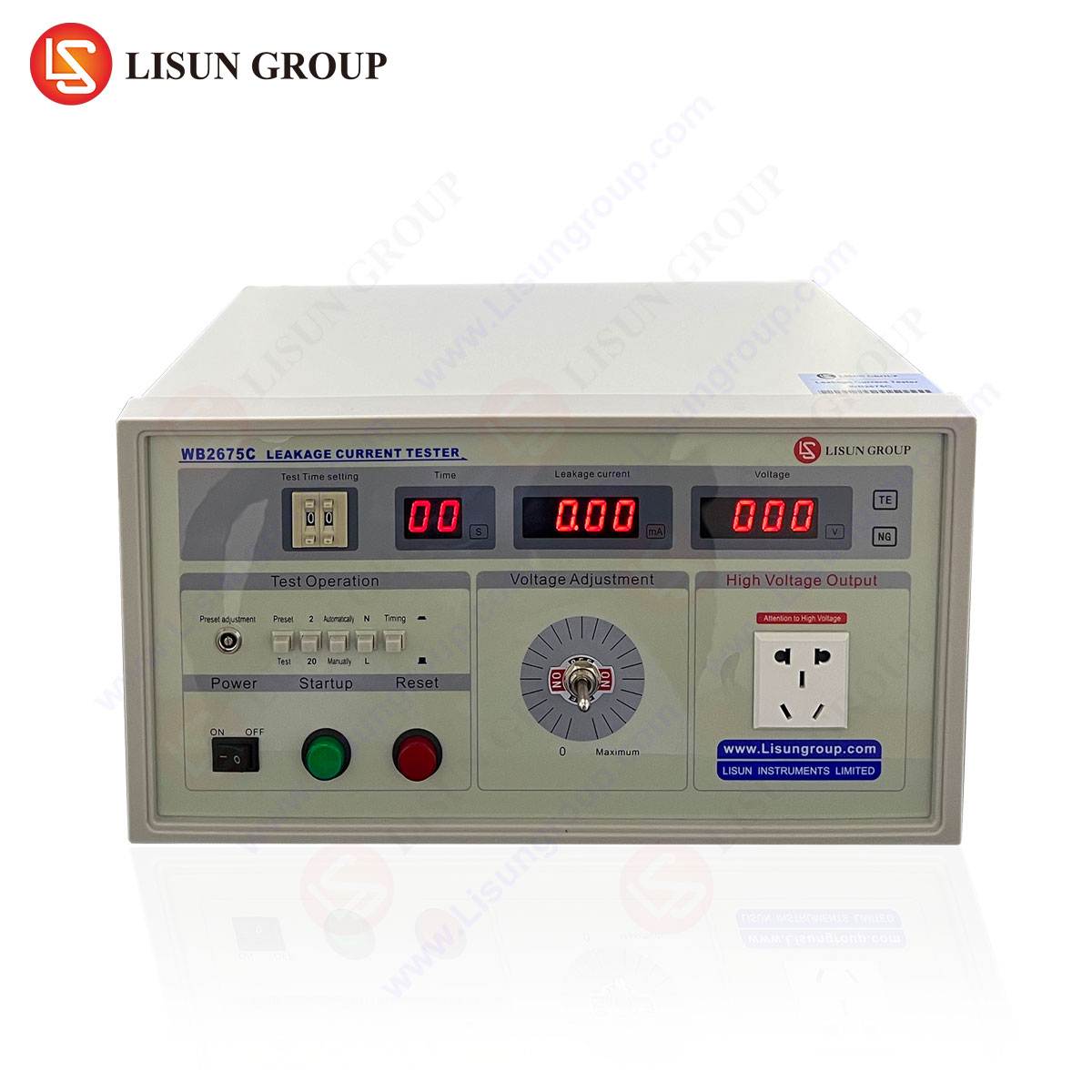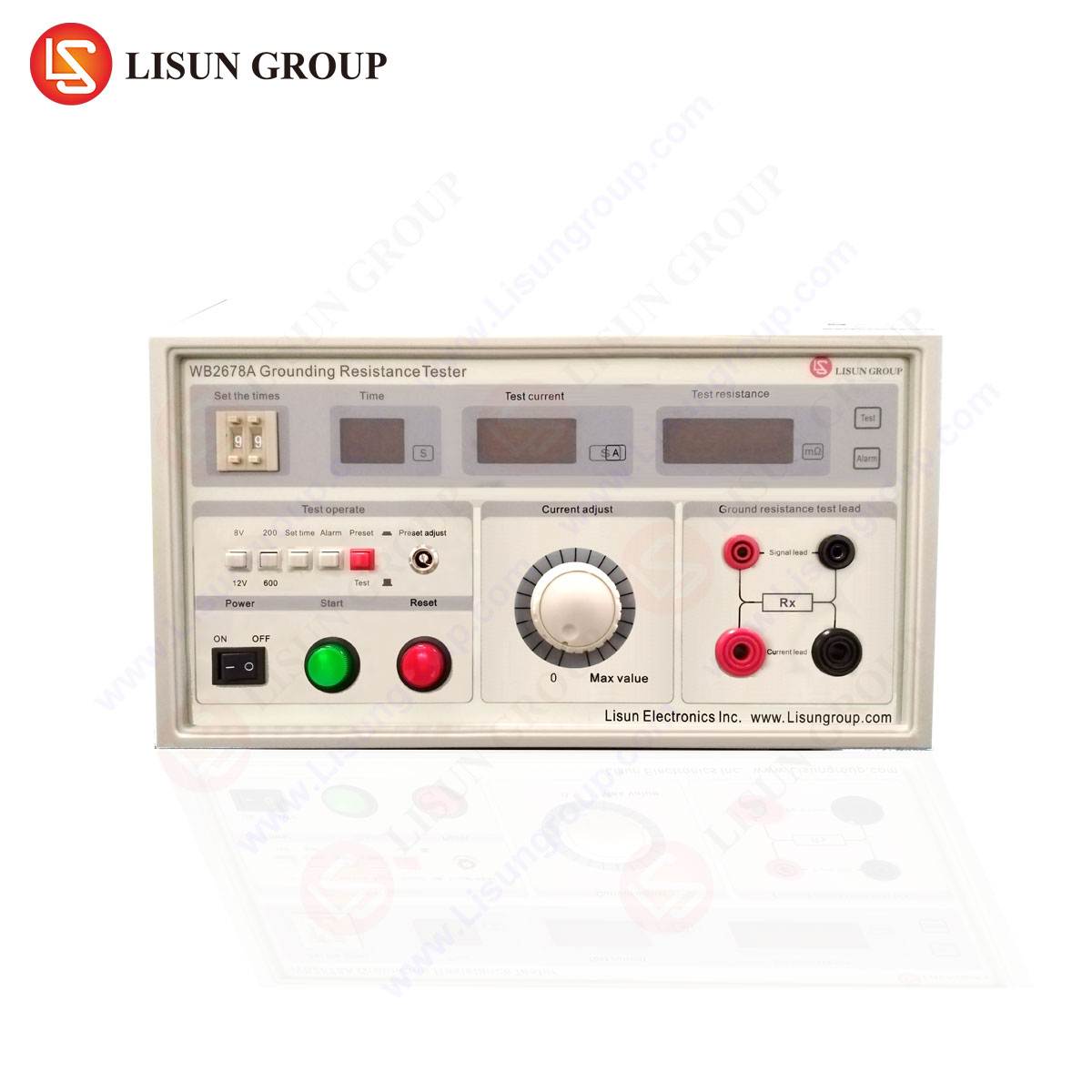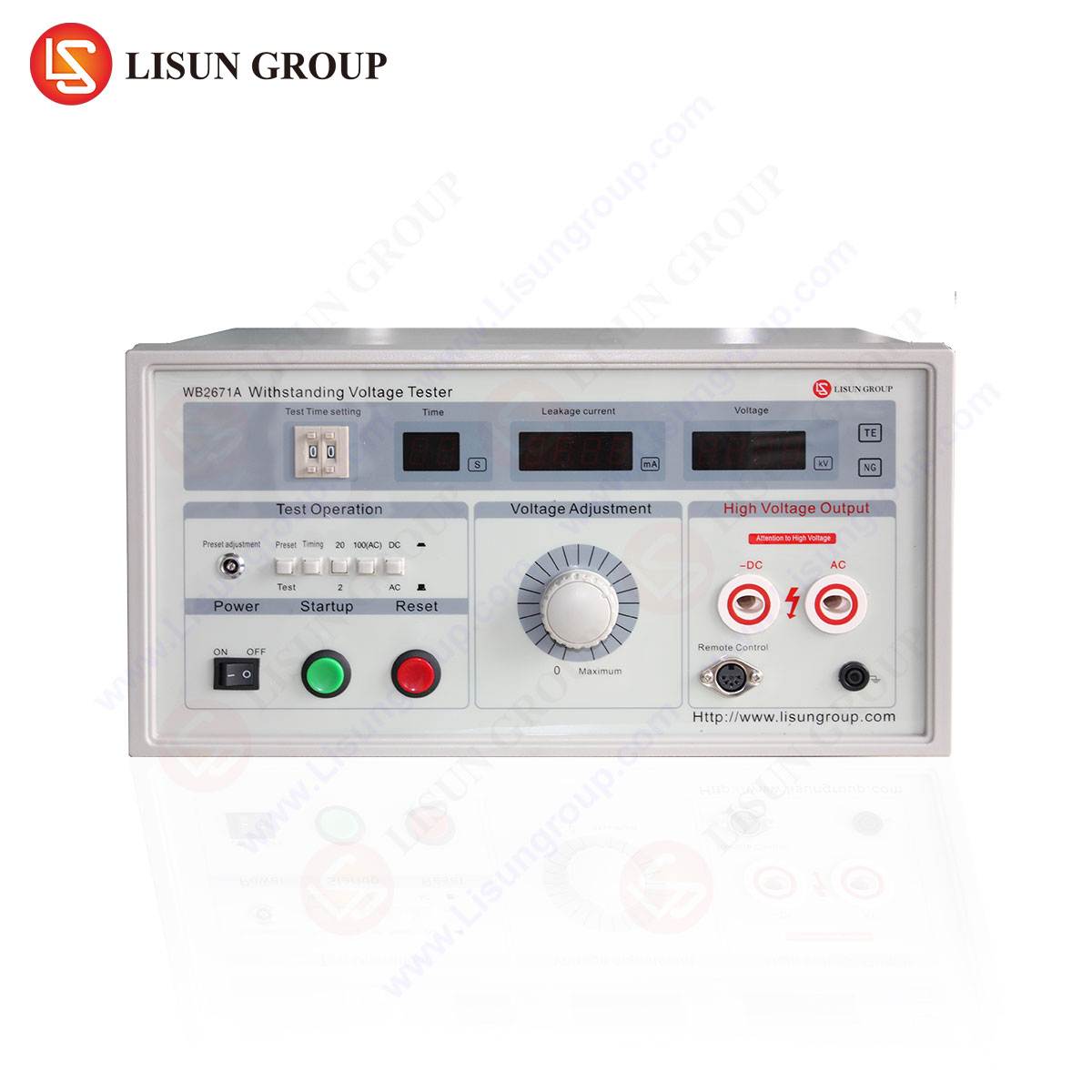The Fundamental Role of Gloss Measurement in Surface Quality Control
Gloss meters are precision instruments designed to quantify the specular reflection of a surface, a critical parameter in assessing aesthetic and functional quality across multiple industries. The ability to measure gloss consistently ensures compliance with industry standards, enhances product uniformity, and mitigates defects related to surface finish. High-gloss surfaces, such as those found in automotive electronics or consumer appliances, require stringent quality control to meet consumer expectations, while matte finishes in aerospace components may necessitate low-gloss validation for anti-reflective properties.
The AGM-500 Gloss Meter к ЛИСУН exemplifies modern gloss measurement technology, offering high accuracy (±1.0 GU) and compliance with ISO 2813, ASTM D523, and ASTM D2457 standards. Its 20°, 60°, and 85° measurement angles accommodate diverse surface types, from high-gloss automotive panels to matte-finish medical device enclosures.
Optical Principles Underlying Gloss Meter Operation
Gloss meters operate on the principle of specular reflectance, where a light beam strikes a surface at a fixed angle, and a detector measures the intensity of reflected light. The angle of incidence is critical—surfaces with high reflectance (e.g., polished metal in electrical components) typically use 20° for optimal sensitivity, whereas semi-gloss or matte surfaces (e.g., textured plastic in household appliances) require 60° or 85° to avoid saturation.
The AGM-500 employs a high-intensity LED light source with a spectral response approximating CIE Standard Illuminant C, ensuring consistency with human visual perception. Its integrated photodetector quantifies reflected light in gloss units (GU), calibrated against black glass standards with a defined refractive index (1.567 at 587.6 nm). This traceability guarantees repeatability across production batches, a necessity in industries like telecommunications equipment, where brand consistency is paramount.
Industry-Specific Applications of Gloss Meters
Automotive Electronics and Interior Components
In automotive electronics, gloss levels affect both aesthetics and functionality. High-gloss touchscreens must minimize glare, while interior trim components require uniform finishes to prevent visual defects. The AGM-500’s 60° angle is frequently employed for dashboard panels, ensuring compliance with OEM specifications.
Medical Devices and Sanitary Surfaces
Medical housings and surgical tools often use matte finishes to reduce light reflection in clinical environments. The AGM-500’s 85° measurement angle provides precise low-gloss validation, critical for maintaining sterile, non-reflective surfaces.
Lighting Fixtures and Reflector Quality
The reflective efficiency of LED housings and luminaire coatings directly impacts light output. Manufacturers rely on the AGM-500 to verify that anodized or painted surfaces meet reflectance benchmarks, optimizing energy efficiency.
Competitive Advantages of the AGM-500 in Industrial Settings
The AGM-500 distinguishes itself through:
- Multi-angle versatility: A single device replaces multiple gloss meters, reducing calibration overhead.
- High repeatability (±0.2 GU): Essential for aerospace components, where coating consistency affects aerodynamic performance.
- Robust construction: IP54-rated housing ensures reliability in harsh environments, such as industrial control systems manufacturing.
Соответствие международным стандартам
Gloss measurement standards vary by application:
- ISO 2813: General industrial coatings.
- ASTM D523: High-gloss automotive finishes.
- ASTM D2457: Plastic films and packaging.
The AGM-500’s calibration adherence ensures cross-industry applicability, from electrical enclosures to consumer electronics.
Case Study: Gloss Consistency in Office Equipment Production
A major printer manufacturer implemented the AGM-500 to monitor the gloss uniformity of plastic casings. By integrating the gloss meter into QC checkpoints, the company reduced surface defect rates by 18%, demonstrating the instrument’s ROI in high-volume production.
Frequently Asked Questions
Q1: How often should the AGM-500 be calibrated?
A: Annual calibration is recommended, though high-usage environments may require quarterly verification.
Q2: Can the AGM-500 measure curved surfaces?
A: Yes, provided the measurement area (10mm x 10mm) maintains full contact with the surface.
Q3: What is the maximum gloss range for the 20° angle?
A: The AGM-500’s 20° geometry measures up to 2000 GU, suitable for mirror-finish metals.
Q4: Does ambient light affect readings?
A: The AGM-500’s shielded optical path minimizes interference, but direct sunlight should be avoided.
Q5: Is the device suitable for textured coatings?
A: Textured surfaces may require averaging multiple readings; the 85° angle is optimal for low-gloss textures.


